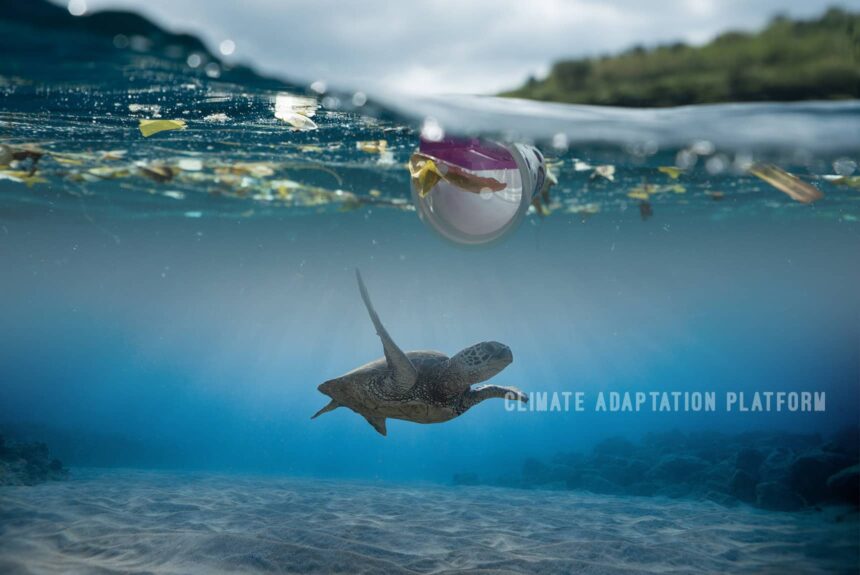The carbon dioxide emissions that we emit are not just increasing the earth’s temperature, including the ocean waters but also making our oceans more acidic.
You may wonder where all our carbon emissions go. Does it just stay in the atmosphere or go somewhere else?
Only about half of our emissions remain in the atmosphere, 30 to 40% gets dissolved in the oceans, and the rest goes to the land biosphere – from the most profound root systems of trees to lush rain forests and high mountaintops.
The carbon dioxide absorbed in the ocean changes the ocean’s chemistry and becomes more acidic.
According to the Smithsonian, ocean acidification is sometimes called “climate change’s equally evil twin” because excess carbon from the atmosphere dissolves into the ocean. The article says that since the start of the industrial era, the ocean has absorbed some 525 billion tons of CO2 from the atmosphere, presently around 22 million tons per day.
The pH scale measures the ocean’s acidity and pH scale runs from 0 to 14, with 7 being neutral. Anything above 7 is basic or alkaline, and anything lower is considered acidic. The ocean’s pH is 8, which is regarded as alkaline, but researchers are finding that the pH levels are decreasing from around 8.2 to 8.05. The difference may seem insignificant, but it represents approximately a 40% increase in acidity. By the end of the century, the ocean’s acidity is projected to rise by 150%.
Ocean acidification poses a threat to ocean species, particularly to shell builders.
“Ocean acidification is already impacting many ocean species, especially organisms like oysters and corals that make hard shells and skeletons by combining calcium and carbonate from seawater. However, as ocean acidification increases, available carbonate ions (CO32-) bond with excess hydrogen, resulting in fewer carbonate ions available for calcifying organisms to build and maintain their shells, skeletons, and other calcium carbonate structures. If the pH gets too low, shells and skeletons can even begin to dissolve” (Ocean acidification, 2020).
Acidic waters also affect non-calcifying organisms’ behaviour as well. For example, it decreases clownfish’s ability to detect predators and affects the ability of larval clownfish to locate a suitable habitat.
Ocean acidification can also impact billions of people who depend on it for food, and many jobs and economies in the world also depend on the fish and shellfish that live in the ocean.
The film below explores the alarming effects of ocean acidification, drawing on the expertise of scientists and the first-hand experiences of a Native Alaskan community (The threat, 2023).
Source:
Ocean Acidification. (2018 April). Smithsonian. Retrieved from https://ocean.si.edu/ocean-life/invertebrates/ocean-acidification
The threat of ocean acidification. (2023, February 2). The Economist. Retrieved from https://www.economist.com/films/2023/02/02/the-threat-of-ocean-acidification
Ocean acidification. (2020, April 1). NOAA. Retrieved from https://www.noaa.gov/education/resource-collections/ocean-coasts/ocean-acidification



Leave a Reply